Over the past few years, the names of hundreds and thousands of talented tattoo artists from South Korea have begun to appear on the global tattoo industry. This country showed us incredibly detailed tattoo replicas of paintings by famous painters, giving their art a new life, as well as amazing tiny realistic tattoos, the execution of which is not given to everyone, even top tattooers in the USA, Russia or Europe!
Do you think they have a secret? We tried to find the answers in an interview with a South Korean tattoo artist who studied art, design and painting on porcelain for many years, so now she can get completely adorable, detailed and tiny tattoos. Tattoo artist and painter Abii works in Bucheon, South Korea, and in this interview, she shared with us her story, art philosophy, and what skin and porcelain have in common!
- Abii, let's start with our traditional questions. Can you tell us a little about yourself? And how did it all start for you? How and when did you decide to become a tattoo artist?
- Hello. I'm Abii working in Korea. In the past, I was a porcelain painting artist for about 6 years, and now I have been working as a tattoo artist for 3 years.
My teacher, who taught me art, and my family, recommended me to learn tattooing because I had always wanted to expand the realm of art that I could express, so I started tattooing. In fact, my family, including myself, likes tattoos so much that we recommend each other suitable designs and get tattoos together.
It was very interesting to be able to communicate face to face with the client who bought my work, so I challenged the tattoo, and the joy still continues.
- Do you have any kind of education in the field of visual arts?
- Yes. When I was a student, I studied watercolors and design, and when I was in university, I majored in scenography. I read the text and studied the visualization of the stage space. While I was in university, I worked as a lecturer at an Art Academy, and after graduation, porcelain painting began as a hobby.
- Tell us more about your work as a porcelain artist. How difficult and demanded is this work? Can it be called traditional Korean applied art?
- Porcelain painting is also called china painting. It is not a traditional Korean art, but it will be easy to understand when you think of famous European luxury porcelain brands such as Royal Copenhagen and Meissen.
Usually, porcelain such as plates, teacups, and vases are decorated with objects of nature like flowers and botanicals. I usually used modern techniques, and I used to draw a lot of portraits and birds.
It needs training until various materials and techniques are learned and used properly, because Porcelain painting uses glaze-based paints and fires at 800-900 degrees in a kiln. Only then the paint can seep under the glaze. And the process must be repeated n times until the desired perfection is achieved. This requires patience because the work cannot be completed quickly in a day.
- Tell us about your participation in an exhibition in which the art of tattooing and painting on porcelain intersected. What was the main message of your creativity at this exhibition?
- The most important point of this exhibition is that just as porcelain painting is an art decorated with pottery, tattooing is also an area of art where the human body can be decorated and displayed in the gallery. And this is the project that was attempted because I wanted to find the overlapping part of my separated art areas.
This summer, a model hoping to get the tattoo with my signature design “Abii Collage” was found when the design began to be painted on porcelain. Both porcelain painting and tattoo can't be completed in a day, so it was completed in the fall.
The Porcelain was displayed in the gallery, and next to it was a QR code that connected to a portfolio photo with the same design tattooed. The audience who is interested in my work was able to click the link to see the tattoo.
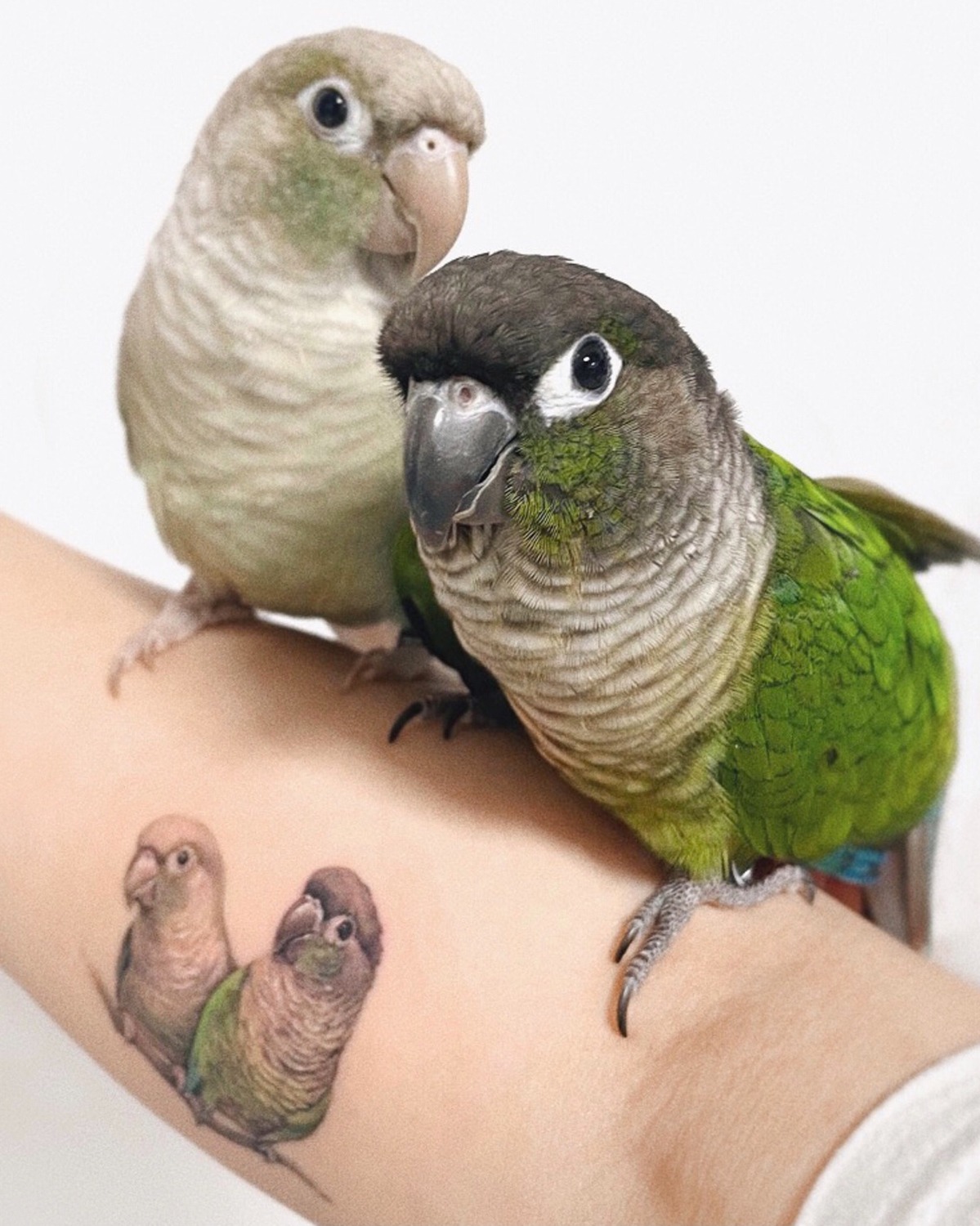
- Tell us more about your style of tattooing and how did you come to it. Did you start getting miniature tattoos right away? Why do you like this style?
- My tattoo style is really an extension of porcelain painting. It's just that my canvas turned from porcelain to skin, the tool from brush to needle, and the material from paint to ink. The color that I use and the concept that I want to express remain the same.

I only feel pleasure when a design on skin is expressed as alive, so it takes a lot of effort to express delicate and complete work. Even the brush, which is usually used in porcelain painting, is very thin and soft, so the delicacy that can be expressed with a tattoo needle seems to remain intact.
- In your portfolio there are a lot of tattoos based on paintings by impressionist artists. Who inspires you the most and why?
- That’s right. I like impressionist works. Among them, I like Claude Monet and Vincent van Gogh's bold touch and color expression the most.
Should I say that it's that longing feeling for an area that I can't do? I think I have a talent for expressing the way it is. It's a very traditional painting technique. I admire the talent of capturing and expressing momentary scenes like them, so I often used it as materials for my works.

- In the Reels section and on your YouTube channel, we can see how hard work you do creating tiny tattoos. What's the smallest and most complex tattoo you've ever done?
- All the designs I usually draw are small and delicate... It's a little hard to choose. But if it's a particularly tricky task, it's a family photo tattoo.
It was a picture of a client when she was young, and there was the client, an older sister, a grandfather, and a grandmother, and her face was less than 0.4 inches in length. I remember barely breathing because I didn't want to make a mistake when the eyes, nose, and lips were drawn. (Fortunately, it healed well and the eyes, nose, and lips remain pretty.)
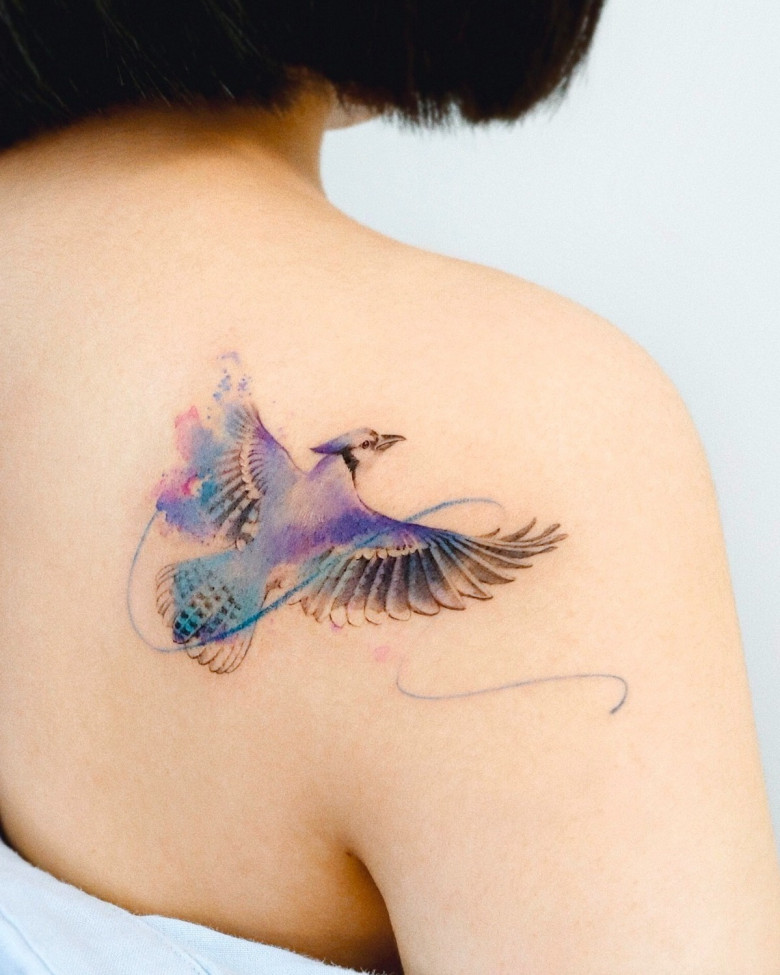
- Are there any difficulties in working as a tattoo artist in Korea? Several years ago, when we spoke with your colleagues, they talked about how the practice of tattooing is complicated by the administrative rules that define this occupation as a type of medical service. What is the situation now?
- It's embarrassing to say, but unfortunately tattoos are still illegal in Korea. Only doctors are regulated by law to allow them to get tattoos. So tattooists are still getting customers in the shade and getting tattoos for them.
- Do you have your own studio? Can you tell us more about it?
- Yes. I use my studio by myself.
Small and cute props are decorated here and there, reflecting my taste. The place is more cozy than home, so I spend time in my studio when I want to design or read quietly even when I don't have a tattoo reservation.
- Are tattoo conventions a part of your life? Do you travel a lot as a tattoo artist?
- I haven't worked outside of Korea yet. There have been many suggestions for guest work overseas, but no specific plans have been made. When flying is free all over the world, I really want to go on a tattoo trip as a tattooist.
- We would like to know more about you, not only as an artist, but also as a person. What else do you do in your everyday life besides tattooing?
- I have a husband who loves my painting so much and a 3-year-old child. When tattoos are excluded from my life, I become someone's wife and mother. The time I spend with my child is precious, so I don’t get reservations on weekday afternoons. Right now, my child has started to speak quite well, and I am most pleased when he says: «Mom - tattoo artist, is cool».
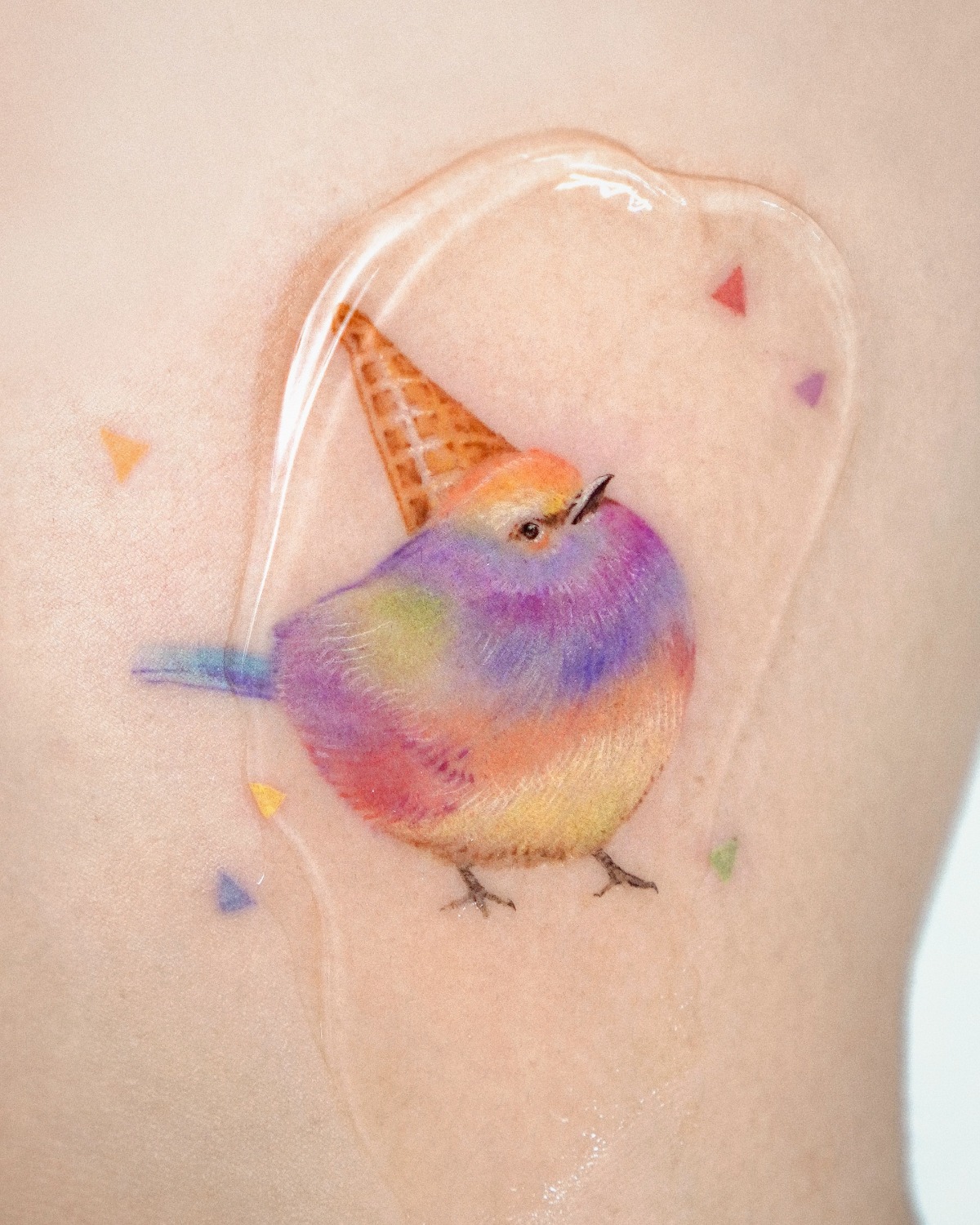

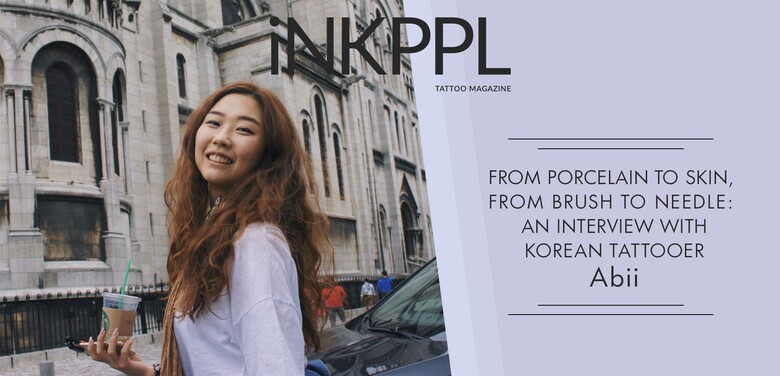












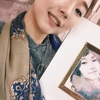
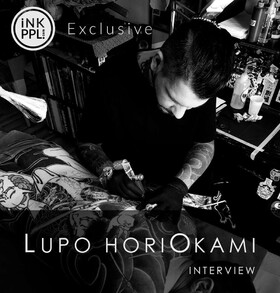
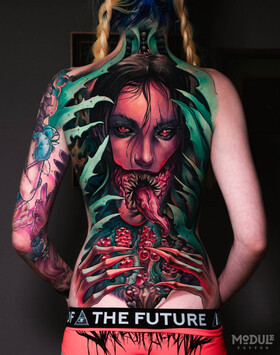
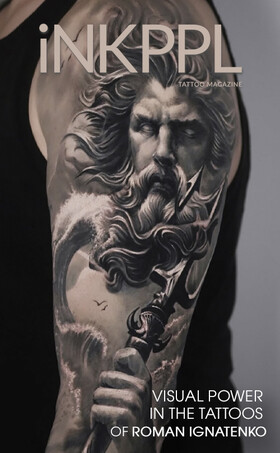
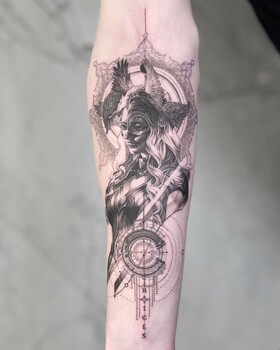
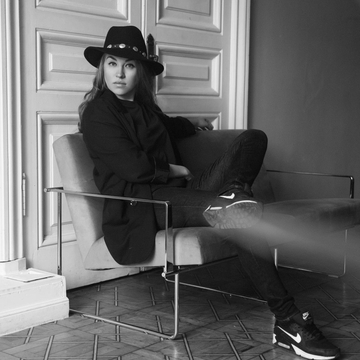
Comments (2)